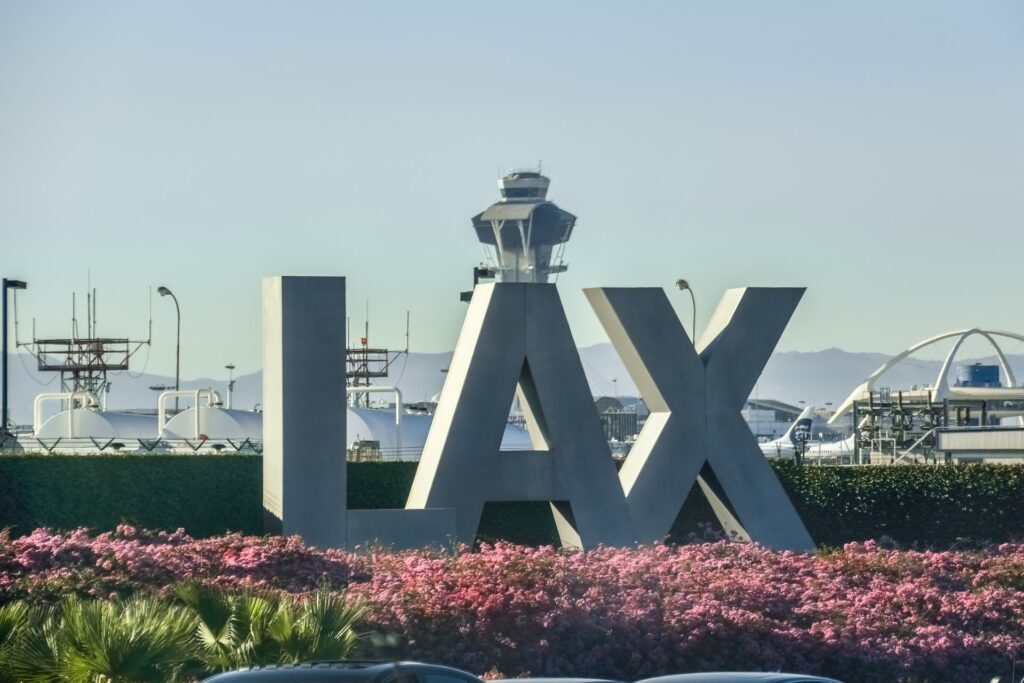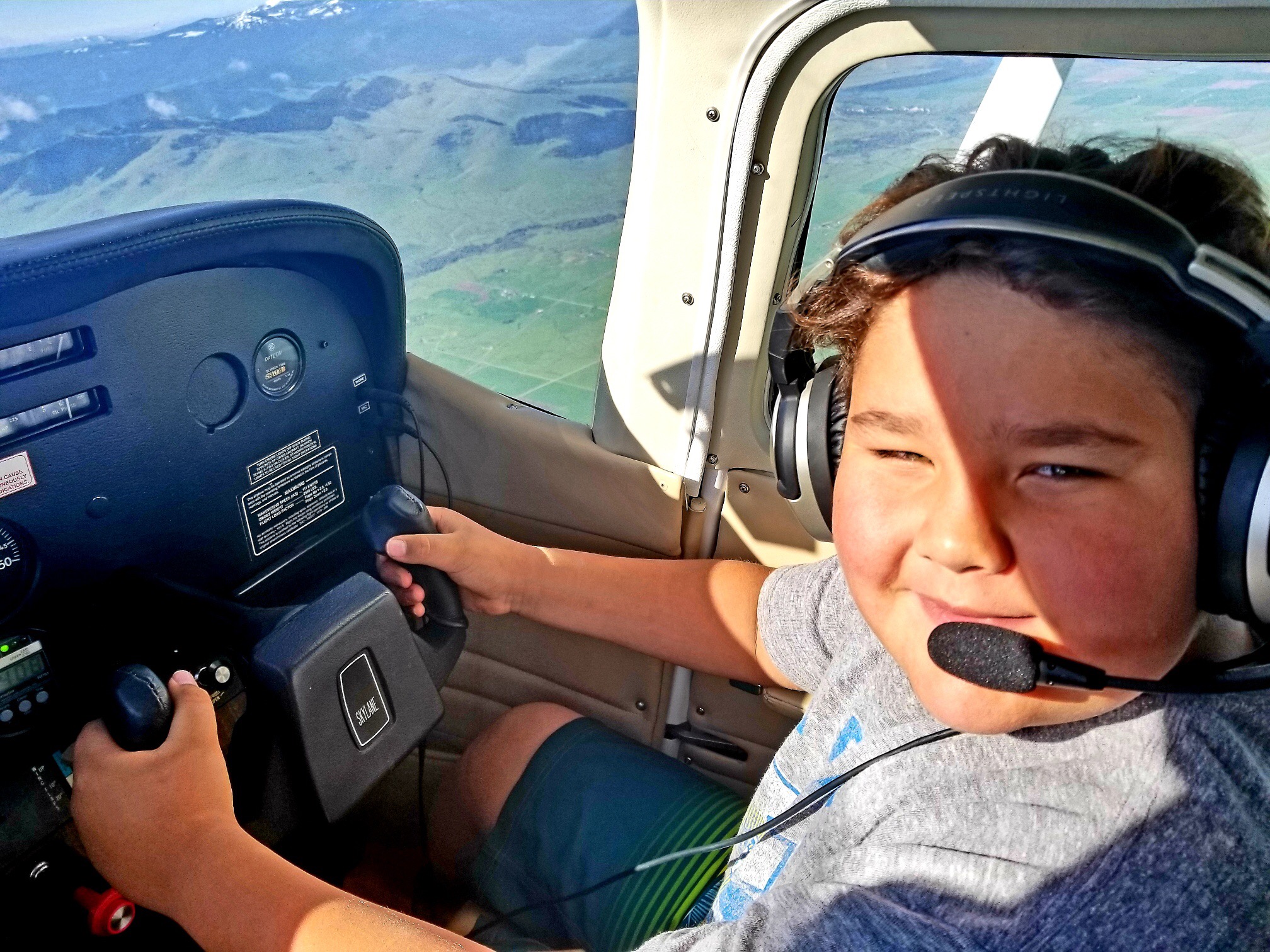You’ll likely need airport ground transportation assistance if you are traveling via non-emergency medical transportation (NEMT) for medical treatment. Traveling, especially by air, is never particularly easy. But, if you’re traveling to receive medical treatment, the complications get more complex.
It’s even more overwhelming to travel to an urban center from a rural area. How do you maneuver from point A (the airport) to point B (your lodging near your treatment center)? What about medical equipment, your luggage, or a wheelchair? We hope this article provides you with some useful tips.
Wheelchair Assistance when traveling for medical treatment
Most airlines/airports can provide wheelchair assistance through the airport and on to the aircraft if necessary. Request wheelchair assistance at the same time you purchase your ticket or ask for help at check-in.
What about the expense of ground transportation for non-emergency medical travel?
You’ve got an array of options, depending on where you’re traveling, at what time of day, each with different costs.
Here are some common types of ground transportation:
- Ridesharing. Uber and Lyft are the most common such services. Rideshares are available at airports as well as throughout most major cities in the United States. You don’t need to reserve a rideshare, you can request it when you need it. You’ll need to sign up for the service on the Uber or Lyft website. You’ll also need a smart phone to use the app to call your ride. The costs vary, but you are able to see the cost estimate before you book the ride. Rideshares are typically less expensive than cabs.
- Shared Ride Vans. SuperShuttle is an example of a share ride van service that is active at most airports in the US. Shared Ride Vans services pick you up or drop you off at your desired location, but you will be riding with other people, and you will probably need to make several stops before you get to your destination. Let them know when you make your reservation if you’ll need extra assistance or are bringing medical equipment with you.
- Public transit is probably the least expensive option and can be convenient if you don’t require much assistance. You can search for the airport’s website to find out more about the public transportation options (for example, https://www.flylax.com/lax-traffic-and-ground-transportation). More details on the public transportation options at major airports are in the following section.
- Hotel shuttle. If you’re staying close to your destination airport, you’ll find many hotels have free shuttles. This may not be the best option if the medical facility you’re visiting is a long way from the airport.
- Rental cars. Renting a car can be expensive, and many hotels charging an additional fee for parking, which can add significantly to the cost of ground transportation. You also may need to pay a parking fee at the medical facility you are visiting. You will also need to have a valid driver’s license, a credit card (not a debit card), and (often times) auto insurance in order to rent a car.
Specific Airports in the Western US

LAX
If you’re flying into Los Angeles International Airport (LAX), you’ll find a wide array of ground transportation services. LAX just rolled out its new ground transportation option, LAXit, a shuttle that takes you to your ground transportation pick-up site. Because of ongoing construction, navigating LAX can be difficult at best. Being one of the nation’s largest airports, you’ll find LAX’s prices higher than some other California airports. If you’re going to UCLA Medical Center or Cedars-Sinai, both are on the west side of Los Angeles, an upscale (and pricy) neighborhood.
SAN
Flying into San Diego is not for the faint of heart. Be aware that you’ll be skimming over some of the city’s skyscrapers as your flight approaches. Never fear–you’ll be fine, and once you touch down, you’ll find a somewhat more laid-back experience than you would in L.A. If you’ve rented a car, pick up the 24-hour Rental Car Shuttle that will take you directly to the Rental Car Center. If you’re going to Scripps or UC San Diego Medical Center, both of which are in beautiful La Jolla, you definitely will want to take advantage of Angel Flight West’s Earth Angels program, which offers free ground transportation.
SFO
San Francisco International Airport is a bustling transportation hub that’s actually not in San Francisco proper. It’s in South San Francisco, which is more industrial — because of this, combined with 24/7 traffic congestion, getting to downtown San Francisco is always a challenge unless you take BART. It’s worse yet during baseball season. Some savvy travelers going to San Francisco prefer flying in and out of Oakland (OAK), which is easy to get to via BART or even ferry. When packing for the Bay Area, remember it can become unseasonably chilly during the foggy months of June, July, and August. A sweatshirt or heavy sweater is your friend.
SEA aka SEA-TAC
SEA boasts an organized layout with plenty of places to grab a bite to eat. It even has its own dedicated customer service representatives. Of course, special arrangements to get around the terminal should be made through your airline. SEA offers all the usual ground transportation options. Again, Earth Angels can come to the rescue to get you to your destination. Remember, even in the summer, like in San Francisco, Seattle can become unseasonably cool.
SLC
Salt Lake City is undeniably proud of its newly refurbished international airport. The redesign consolidated five separate terminals into two, making it easier to get around. Like other major airports, SLC is served by various ground transportation options. If you’re being treated at the University of Utah Medical Center, take note of their low-cost patient and family housing, including shuttles to and from the hospital.
DIA
Denver’s airport is currently undergoing major construction, so getting around is a bit confusing. DIA’s underground trains are fully accessible, and the airport prides itself on its ADA compliance measures. Finding the right place to pick up your ground transportation can be tricky, so rely on the airport’s terminal transportation. Be aware–DIA is about 20 miles northeast of downtown Denver. However, if you’re getting treated at the University of Colorado’s Anschutz Medical Center, that’s in Aurora, which is much closer to the airport. If you’re coming to Colorado for treatment, check out Exploryst, a travel site for people with disabilities or mobility issues.
Physical challenges of ground transportation while traveling for medical treatment
With 6.6 percent of Americans living with a mobility issue, the physical challenges of accessing ground transportation for medical travel are real. Travel is difficult even if your mobility issue is temporary, such as a broken bone, a severe sprain, or recent surgery.
When you’re traveling with a medical condition that requires medical equipment (a CPAP machine, a wheelchair, crutches, an insulin pump, portable oxygen, etc.), the Transportation Safety Administration (TSA) says these should not preclude you from getting through the airport security. Consider registering for TSA Pre-check, which allows you to keep your shoes on and makes for an easier security process. If you have an external device, such as a feeding port or ostomy bag, inform the TSA officer right away. While they may still need to check your device by swabbing it for explosive residue, if you have any concerns, you can request the assistance of a supervisor.
To help you get around more easily if you’re in a wheelchair, check out Wheelmap, an app that helps you choose the most accessible routes.
Complexities of traveling while ill or undergoing non-emergency medical treatment
The complexities of traveling while ill or undergoing medical treatment are many. Besides getting to, from, and around the airport, there’s the necessity of consulting with your medical provider to make sure your condition is stable enough to allow you to fly. This should be done well before you book your flight. Consider wearing a medical alert bracelet, and be sure to pack all of your medications, including at least a week’s worth of extra doses, in your carry-on. Never pack medications in checked-in luggage.
Should your procedure or treatment turn out to be a bit more complicated than first assumed, be sure to have enough cash, a credit card, and some extra clothing. And, if you have a chronic condition that could delay your flight, purchase flight insurance if you’re flying commercially. Flight insurance will give you peace of mind and potentially save you a lot of money.
When the Cost of Traveling for Medical Treatment becomes a Burden
Angel Flight West provides free non-emergency medical transportation in the western U.S for people who cannot afford the cost. We know the cost of air travel can be prohibitive, which means needed treatment is often put off or never received. Our goal is to give you full access to the care you need at no cost to you.
Since our founding in 1983, Angel Flight West has provided nearly 100,000 flights for thousands of people. Our private volunteer pilots fly their own or rented aircraft and donate the flight costs to Angel Flight West. When a small aircraft is impractical, we partner with major air carriers, including Alaska Airlines, Mokulele Airlines, Contour Airlines, JSX, and Hawaiian Airlines. We also have volunteer drivers called Earth Angels who assist with the ground portion of our donated trips.
If the cost of traveling for medical treatment has become a burden for you, we encourage you to find out more about our services, request a flight now if you have a scheduled medical appointment that you need to travel more than 100 miles to, or contact our office at [email protected] or (310) 390-2958. We look forward to serving you.
